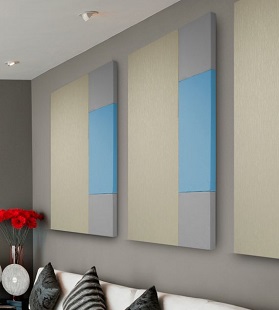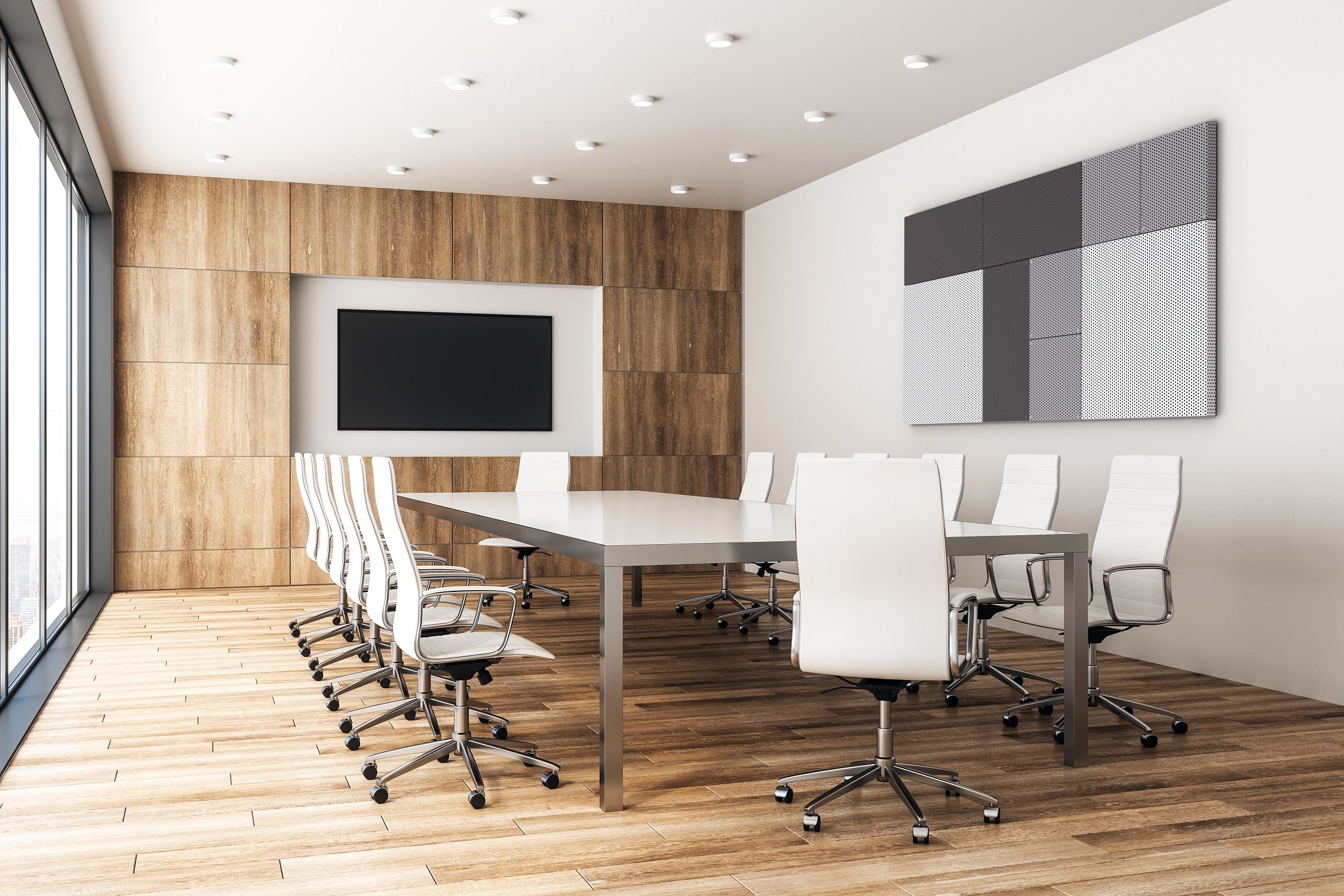Opening Tranquility: Discovering Acoustic Solutions for Your Home
Opening Tranquility: Discovering Acoustic Solutions for Your Home
Blog Article
Attain Perfect Harmony in Your Home With Effective Soundproofing Strategies for Optimum Acoustics
Soundproofing plays an important duty in accomplishing optimum acoustics, influencing the means we experience and interact with our living areas. By understanding the basics of soundproofing, recognizing sources of sound disruptions, selecting proper materials, and applying tested strategies, you can transform your home right into a refuge of serenity where noise boosts rather than interrupts.

Understanding Soundproofing Basics
What are the fundamental principles that underlie effective soundproofing strategies? Soundproofing is rooted in the understanding of just how acoustic waves traveling and communicate with different materials. The trick to effective soundproofing hinges on interrupting or absorbing these acoustic waves to minimize their transmission from one room to one more. This can be accomplished through various approaches, such as including mass to walls, floors, and ceilings, securing spaces and cracks to prevent audio leakage, and using sound-absorbing products like acoustic panels or rugs (acoustic solutions).
Comprehending the concept of audio transmission class (STC) rankings is important in selecting the appropriate materials for soundproofing. The STC ranking determines how well a product can decrease air-borne sound transmission through it, with greater STC scores showing much better soundproofing capacities. Furthermore, considering the effect of impact insulation course (IIC) ratings for minimizing impact noise, such as footprints or furniture moving, can better enhance the performance of soundproofing solutions.
Examining Noise Sources in your house
Building upon the fundamental understanding of soundproofing concepts, a vital action in effective noise reduction within your home involves determining and analyzing the various resources of undesirable noise. Noise resources can be classified into two primary kinds: airborne noise, that includes seem like conversations, music, and tv, and influence sound, such as footsteps or products being gone down. To analyze these sources, think about the various areas in your house and the activities that usually take place in each. The living room may have much more airborne sound from enjoyment systems, while influence sound from footprints might be a problem in locations with tough floor covering like corridors or cooking areas.
Furthermore, think about external sources of sound, such as website traffic, next-door neighbors, or close-by building, which can also impact the acoustics within your home. acoustic solutions. Recognizing these resources will help you focus on locations for soundproofing and choose the most reliable options. By identifying the specific sound sources in your home, you can customize your soundproofing initiatives to accomplish optimal outcomes and produce a more calm and unified living atmosphere
Picking the Right Soundproofing Materials
When choosing soundproofing products for your home, it is vital to focus on effectiveness and compatibility with your particular sound concerns. Think about variables such as the sort of noise you are attempting to obstruct, the degree of soundproofing needed, and the looks of the products to ensure they blend effortlessly right into your space.
One common material for soundproofing is acoustic foam. Another option is mass-loaded vinyl, which is effective in blocking out low-frequency visite site noises like traffic or machinery sounds.
Drapes and carpets made from sound-absorbing products are additionally reliable in wetting sound, especially in locations with difficult surfaces that cause sound to bounce about. Bear in mind, the trick to effective soundproofing is choosing the best materials that address your specific sound concerns while improving the general comfort and acoustics of your home.
Implementing Soundproofing Techniques
To properly apply soundproofing methods in your home, it is essential to start by assessing the locations that are most prone to noise seepage. Usual sources of noise can consist of outside sounds from website traffic, next-door neighbors, or close-by construction, along with interior sources like devices, pipes, and home entertainment systems. As soon as you have actually identified these locations, you can begin implementing soundproofing remedies tailored to each certain space.

For more significant noise reduction, think about setting up soundproof drywall, double-glazed home windows, or resilient channels to isolate vibrations. Additionally, rearranging furniture, adding bookshelves, or incorporating sound-absorbing materials can further enhance the acoustics of an area. By purposefully implementing these soundproofing techniques, you can develop a quieter and even more calm living setting in your house.
Keeping and Improving Acoustic Atmosphere
After carrying out soundproofing methods to deal with noise infiltration in your house, the emphasis moves towards maintaining and enhancing the acoustic setting to make sure a constantly relaxed home. To maintain optimal acoustics, regularly evaluate soundproofing products for deterioration, ensuring they continue to be efficient in blocking unwanted noise. Keep doors and home windows appropriately sealed to stop sound leak and take into consideration adding weather removing or door sweeps for additional soundproofing.
Improving the acoustic setting can include tactical positioning of furnishings, rugs, and drapes to dampen audio reflections and mirrors. Using sound-absorbing materials such as acoustic panels or foam can additionally improve the total sound quality in your house. acoustic solutions. Additionally, including soft furnishings like paddings and blankets can help in reducing sound reverberation, developing a more positive auditory experience
In addition, investing in sound-absorbing decor aspects like shelfs, tapestries, or plants can add to a well balanced acoustic environment. Consistently decluttering your space can additionally prevent sound waves from jumping off surfaces, eventually boosting the overall acoustics of your home. By constantly maintaining and improving your acoustic setting, you can create a harmonious and relaxing living space on your own and your household.
Verdict
In conclusion, accomplishing excellent harmony in your home with reliable soundproofing strategies click over here now is vital for optimum acoustics. By understanding soundproofing basics, examining sound resources, picking the right materials, executing methods, and keeping the acoustic setting, you can create a tranquil and pleasurable space devoid of undesirable sound disruptions. Focusing on soundproofing initiatives can significantly improve the overall quality of life in your home.
Report this page